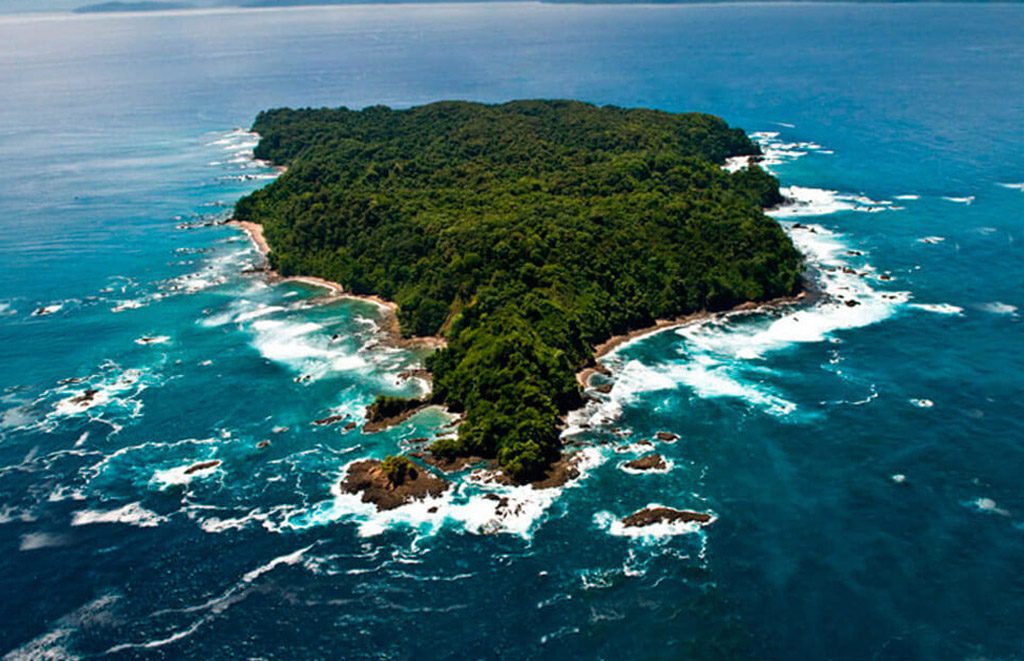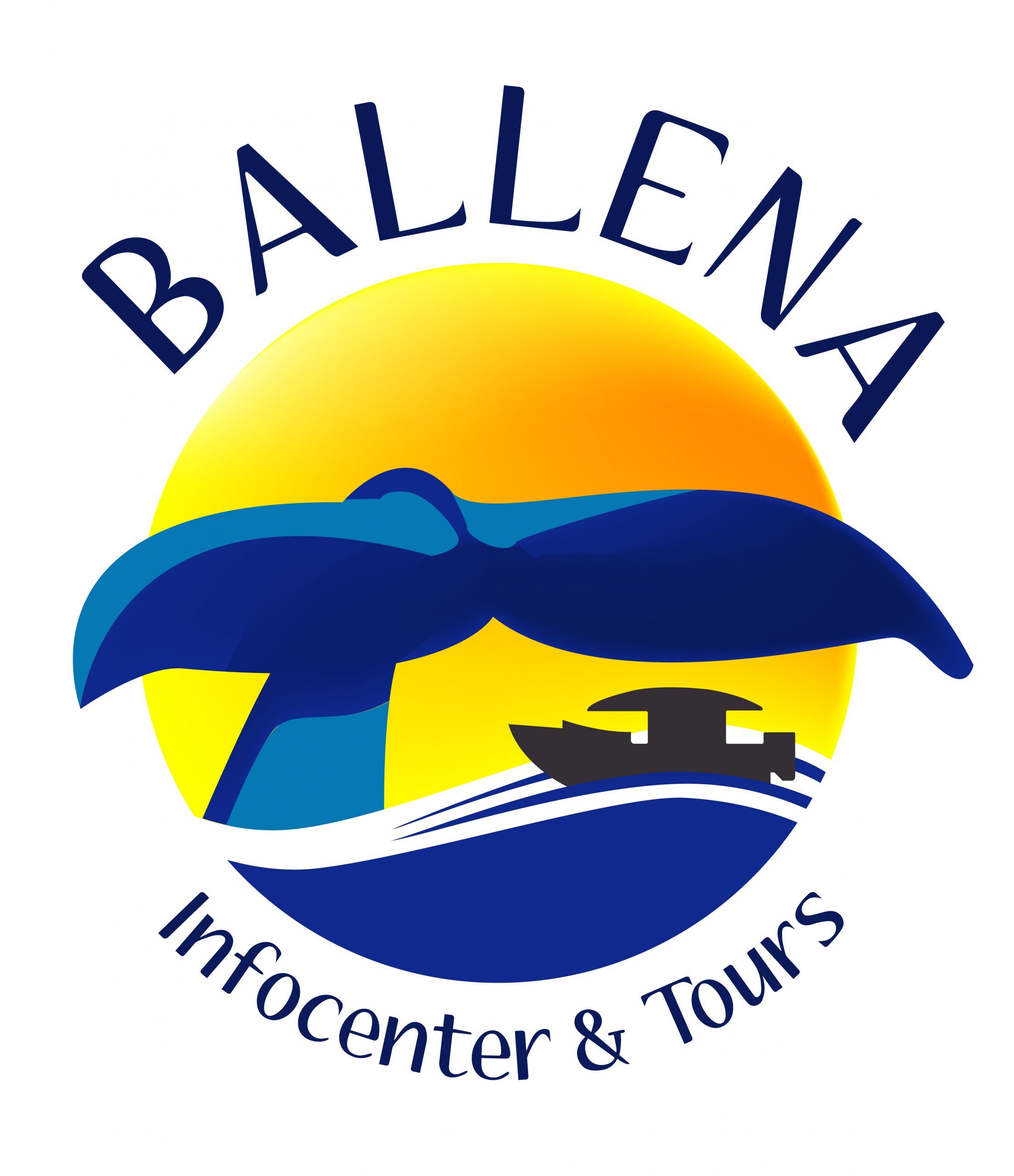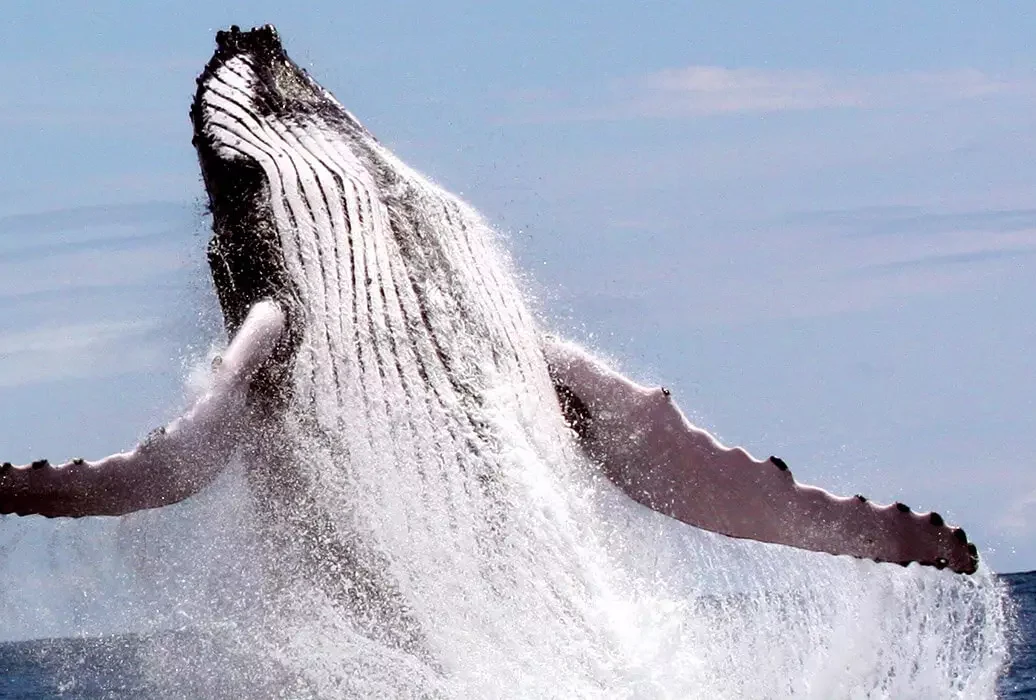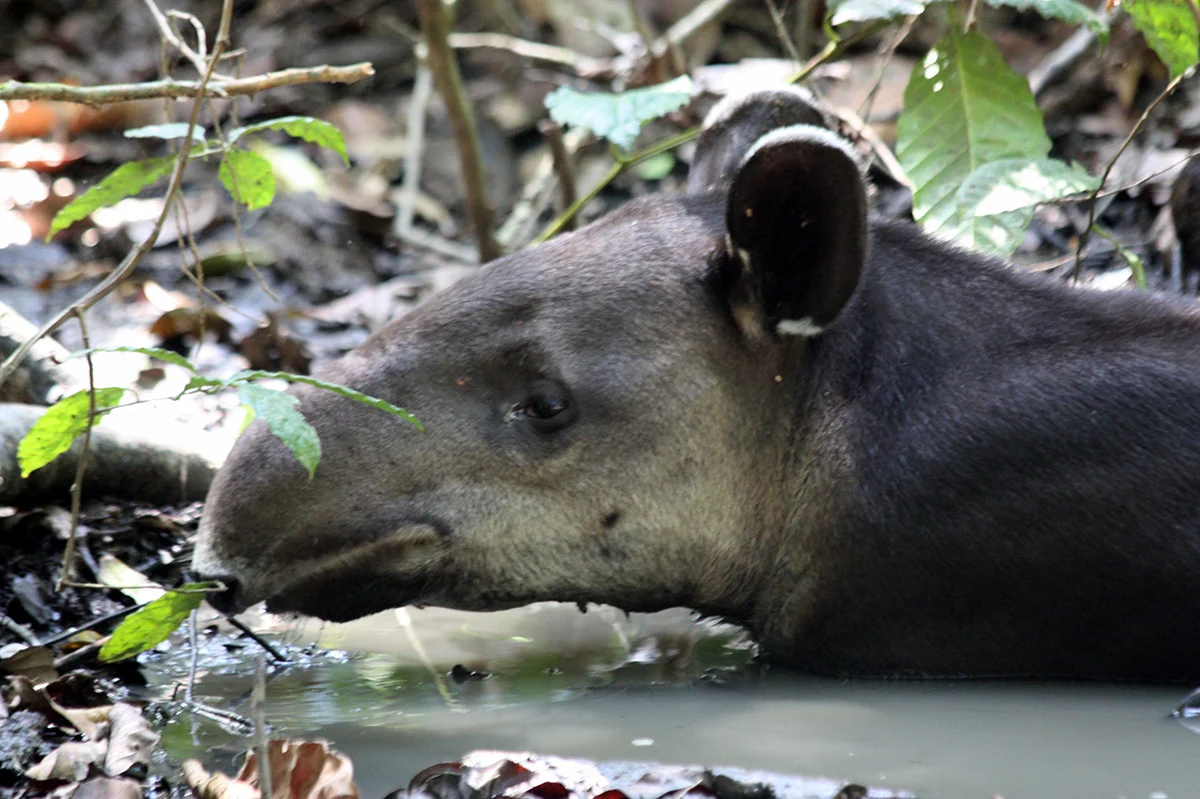
The Caño Island Biological Reserve is located in the Pacific Ocean, in front of Corcovado National Park in the Osa Peninsula, approximately 15 km offshore from the San Pedrillo ranger station. It was created on March 29, 1978 and has an extension of 200 hectares in the terrestrial part and 2,700 hectares in the marine part.
- The island has great importance from the archaeological point of view, because in pre-Columbian times it was used as an indigenous cemetery. The cultural materials are ceramic remains and carved lithic artifacts, including the typical spheres of the Diquis. The presence of ceramic remains suggests that the island was a key point of commercial exchange along the Pacific coast.
- It also protects species of flora and fauna characteristic of the tropical rainforest and important marine environments. The fauna present on the island is scarce. Birds are represented by about 10 species, the most common being the heron, the crab hawk, the osprey and the brown booby. There are no mammals on the island, only small snakes, frogs and lizards.
- The island protects very important marine environments: the coral reefs. Associated with the reefs, there is a diversity of fish species, invertebrates, algae and mammals such as dolphins and whales. Marine species are present in different environments such as coral reefs, rocky beaches and cliffs where countless fish, starfish, sea urchins, lobsters and cambutes live. These last two species are in danger of extinction.


